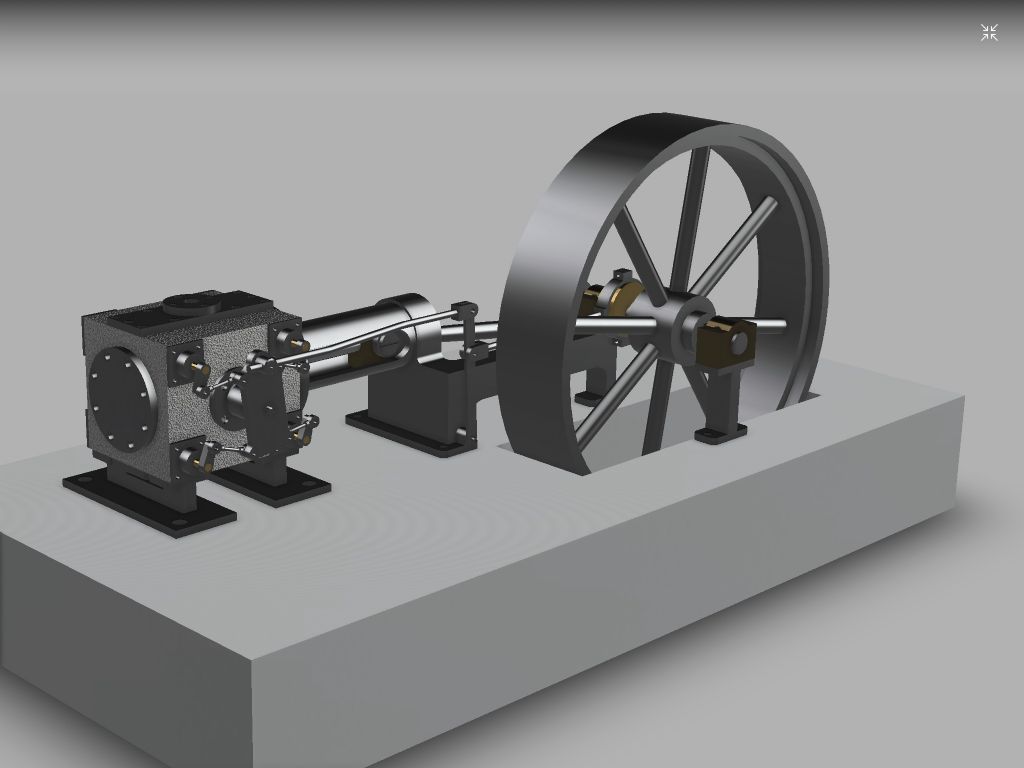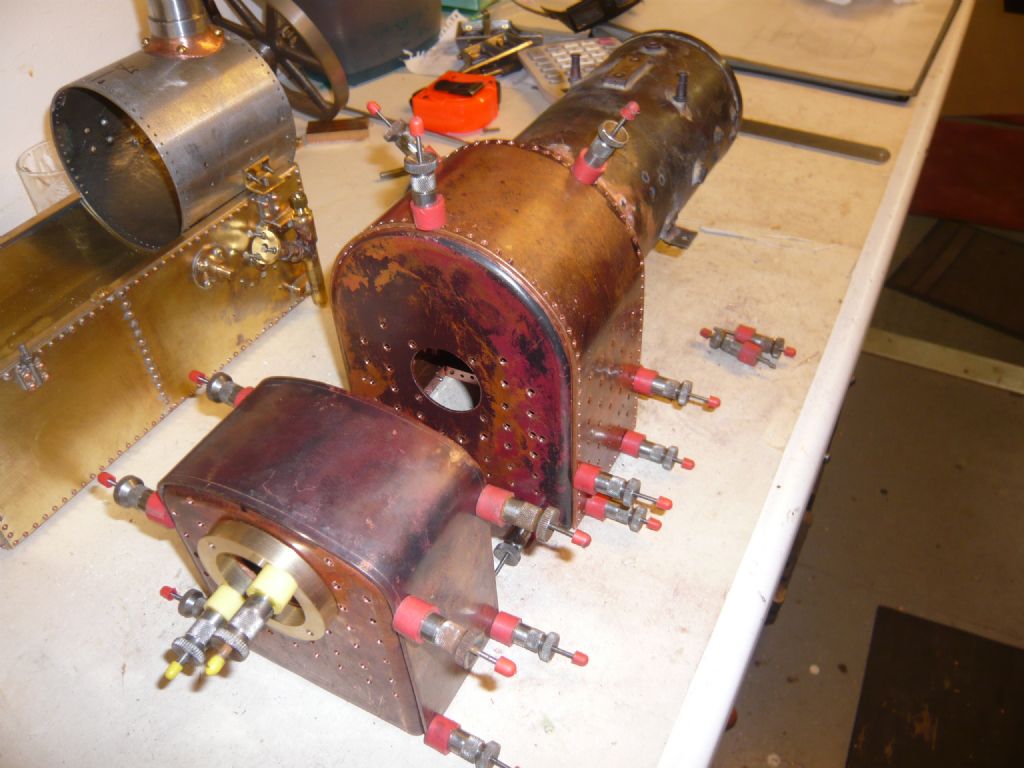Ian,
To everyone, please forgive the verbose post – essentially why I did not add it to the first post on these tests.
If there is better place in another topic heading, would a moderator please move it so..I thought with many folk playing with steppers ( and steppered rotary tables) the info may be useful, but it all gets lost so quickly down the pages.
This post is spilt in two as demanded by the forum word-counter…
I did not give the long description of tests I did with the stepper damper, but the addition of just the wheel without the slugs, that is, just a flywheel, showed a great improvement in achievable upper speed limit, and good improvement with regard to lack of stall at very low speeds ( 20 to 60rpm range – I am talking of stepper rpm here, not hob spindle rpm).
The test method was – apply 40v to the stepper drive, do the run at the three stepper RPM's, and see what happens. Increase the voltage to 50v and repeat, then to 60v and repeat. I also tried at 75v ( my driver can manage 80v) but the stepper motor was not happy there, even with no load.
Additionally a low speed test was done – from 0rpm to 100 rpm over 3 seconds at the three voltages.
At each of the voltages the test run was first with no flywheel attached, then flywheel only, then slugs fitted in the flywheel.
The motor was always connected to the load, with the drive belt taut – maybe 3mm deflection at centre span with a good finger push..
The three stepper speeds were approx 340rpm (spindle = 120rpm), 570rpm(spindle = 200rpm) and 1060rpm(spindle = 370rpm).
The mill spindle reached terminal rpm within 230ms(120rpm), 270ms(200rpm) and 305ms(370rpm) – takes longer to spin to higher spindle RPM due to the spindle inertia. This was measured using an oscilloscope timing the rotary encoder pulses, and seeing when they reached terminal width. The stepper has to accelerate and achieve terminal rpm in the same time.
I did not do any tests with the belt loose – I am trying to have as little backlash in the system as possible. For interest I may try with a loose belt, although not sure to what purpose..I suspect from the tests with no flywheel that is will be worse – the rotor is free to oscillate as it wishes, with no damping at all.
Incidentally, removing the flywheel, and using one of the rotary table locking handles to partially 'lock' the table, ie, add friction to the tables rotation, also improved matters. Anything that dampens the rotor oscillation has a positive effect, and this is also used commercially, with friction brakes, or maybe clutches, on the rotor shaft that have centrifugally activated pressure plates. Not efficient, but this was used in the 'old' days..
It is common in commercial applications to add just a flywheel to the stepper shaft to help the motor through resonance spots – many photo-copiers, (old) photoplotters, big printers, flat bed plotters, etc have this applied.
Joe
Edited By Joseph Noci 1 on 08/11/2018 06:30:38
Tim Taylor 2.



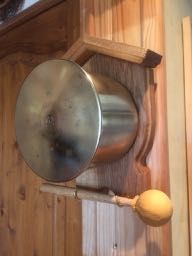
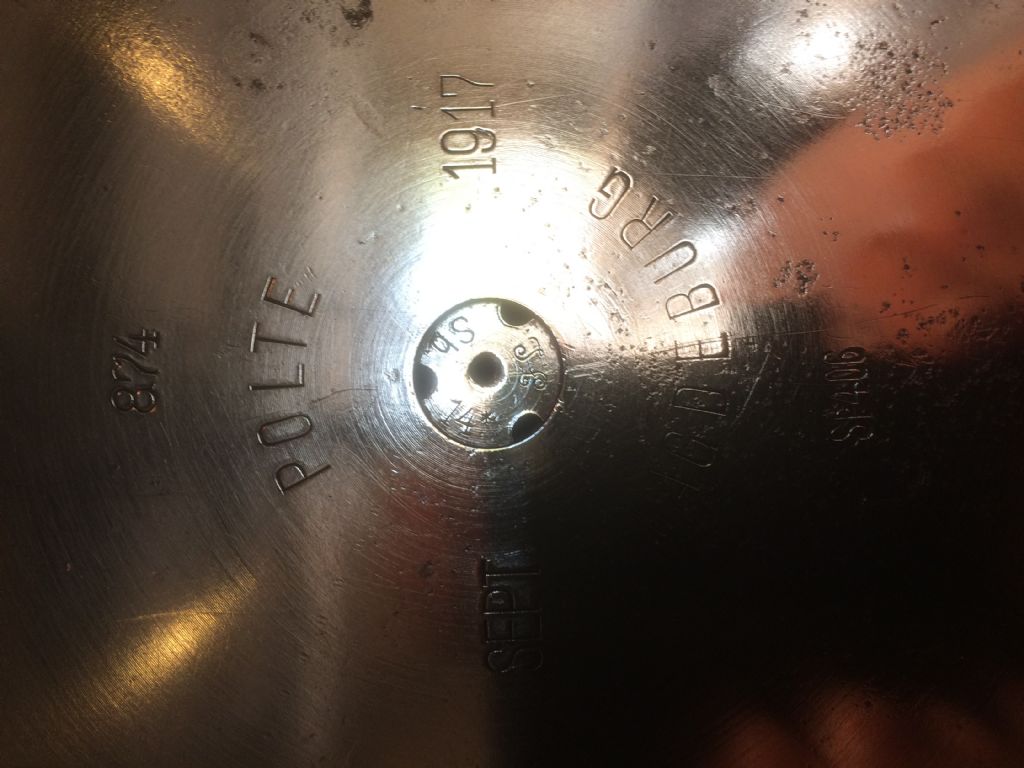
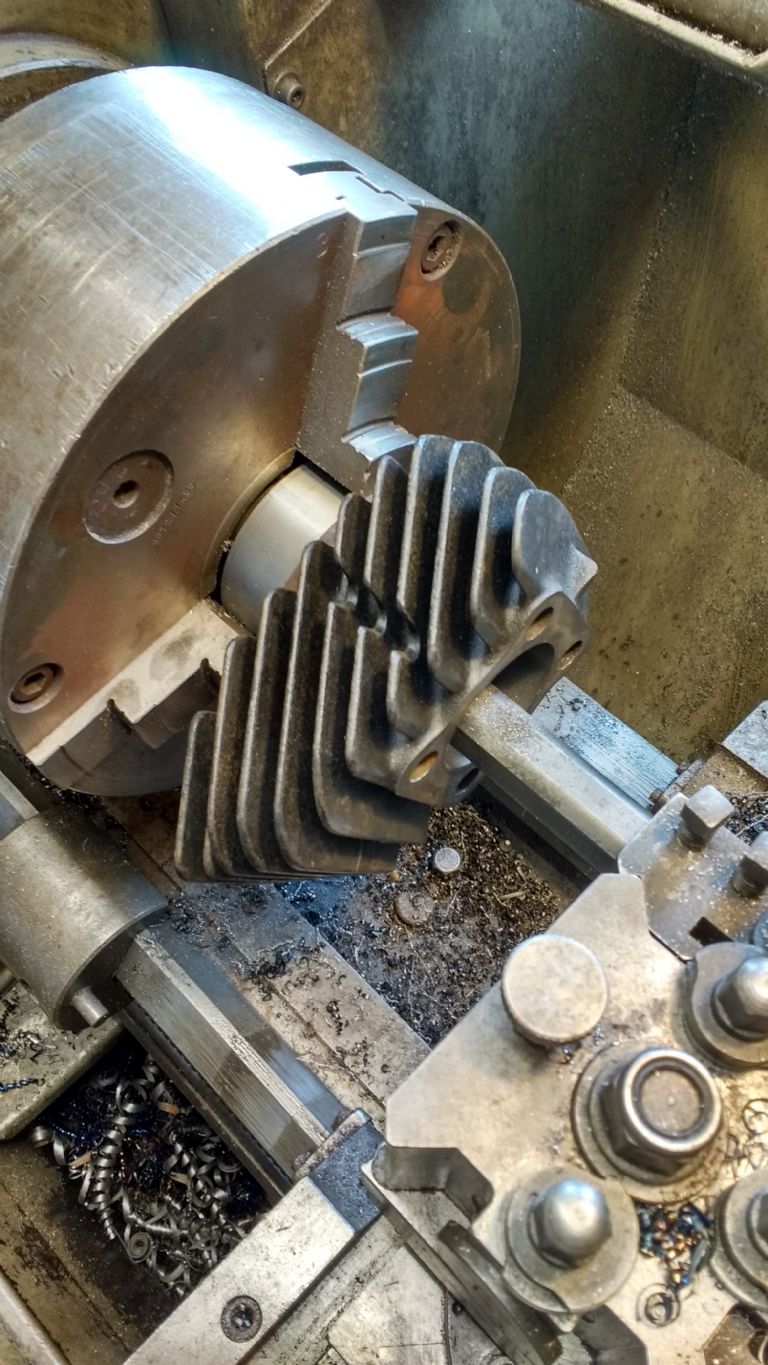
 You can delete any bits you don't want
You can delete any bits you don't want